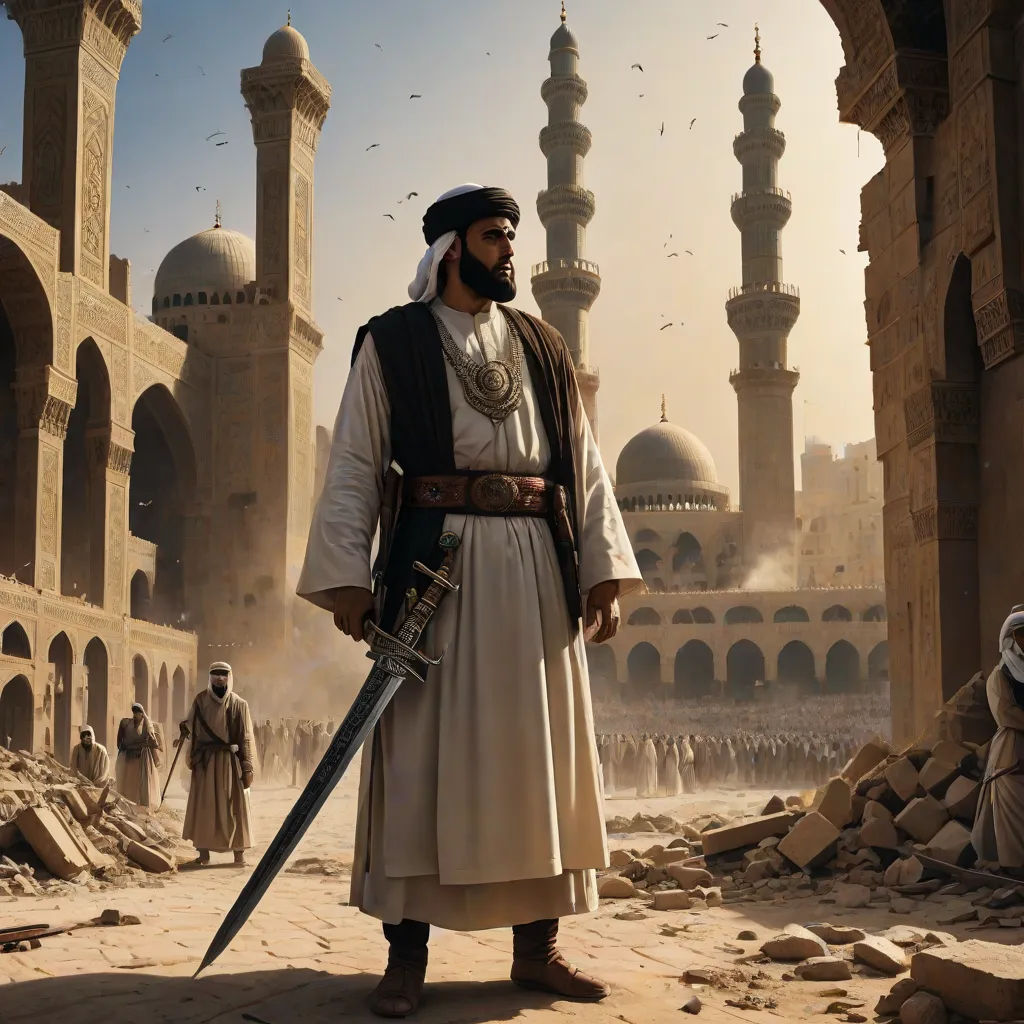
The Siege of Mecca: A Tale of Power and Resilience
By Taha Alrowaily

23 Jul, 2024
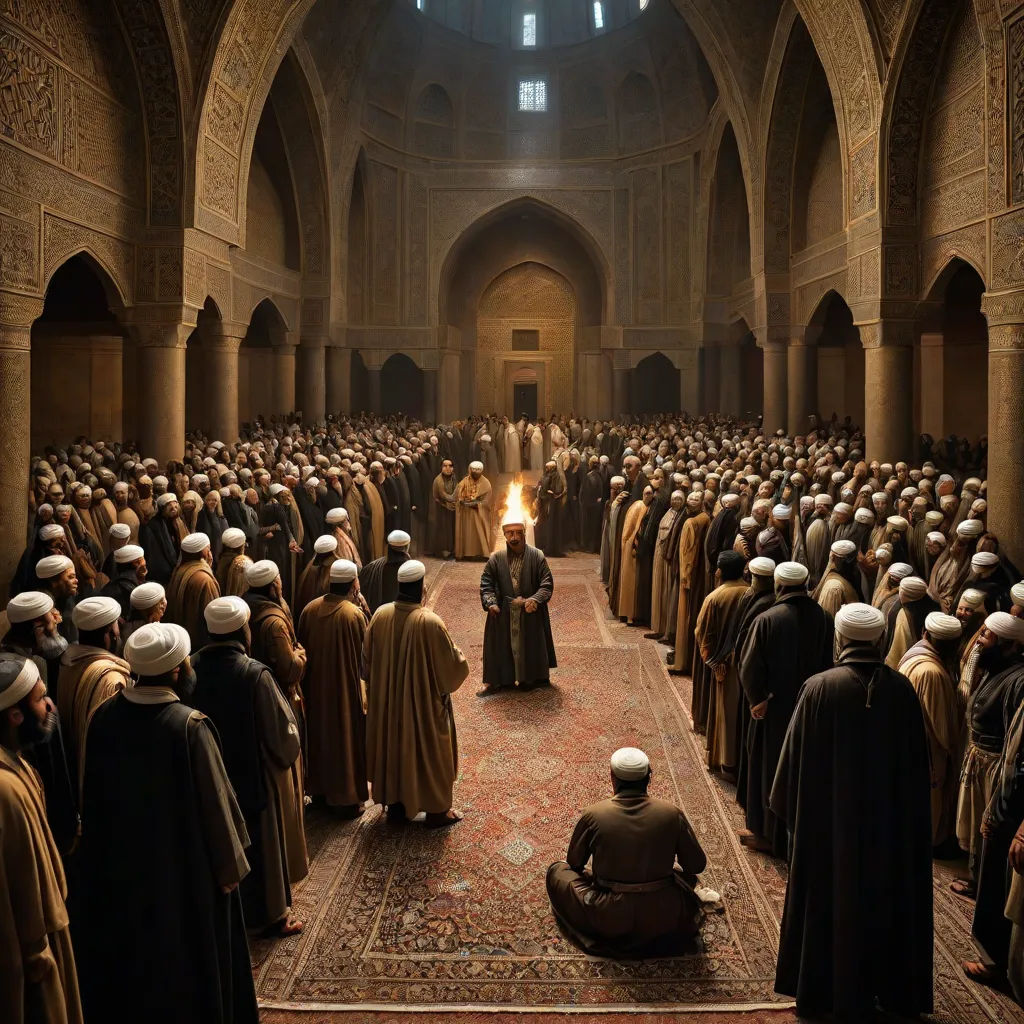
The tension was palpable, with each side believing they had the rightful claim to the caliphate. Abdullah desired to restore the caliphate to the Quraysh tribe, while Yazid was firm on maintaining Umayyad rule.
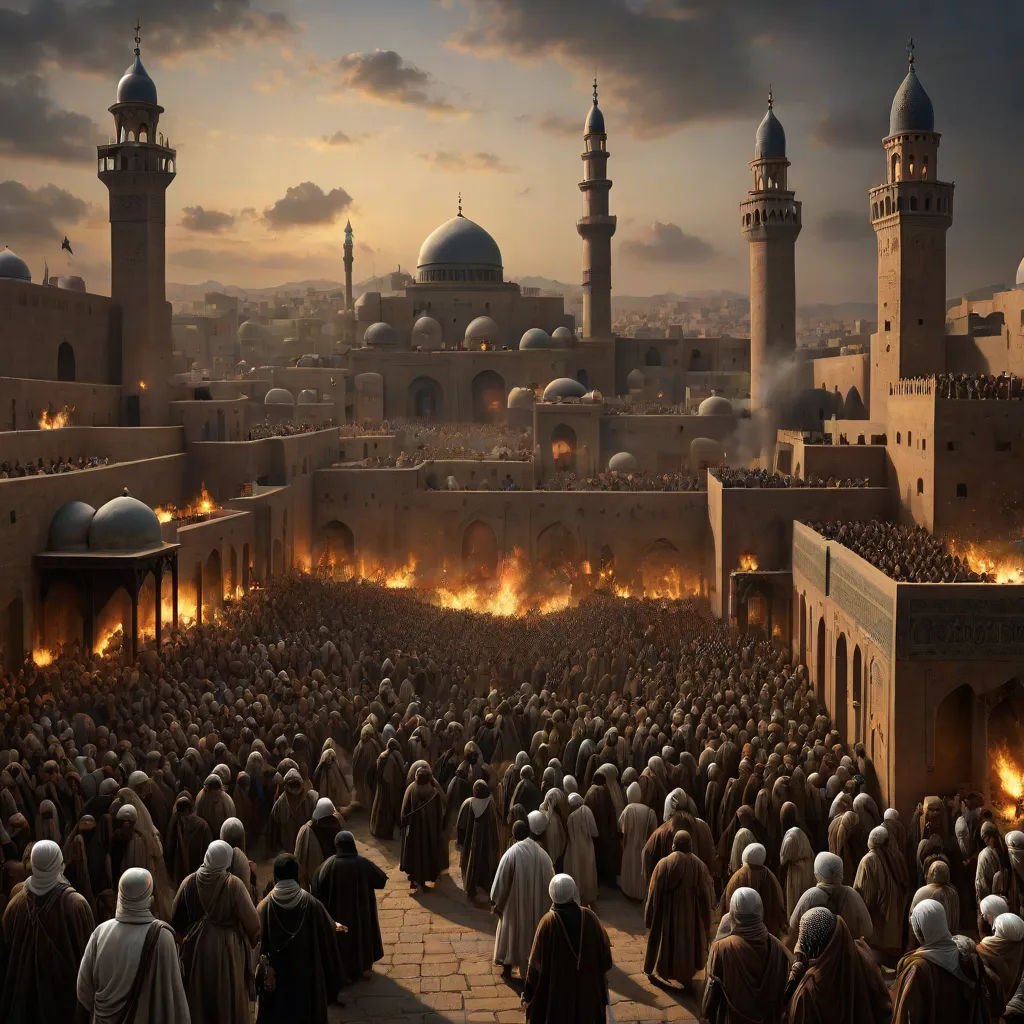
To quash the rebellion, Yazid dispatched Muslim ibn Uqba towards Medina. The city was besieged, stormed, and defeated in the 'Battle of Harrah', leaving a lasting scar on the Muslim community.
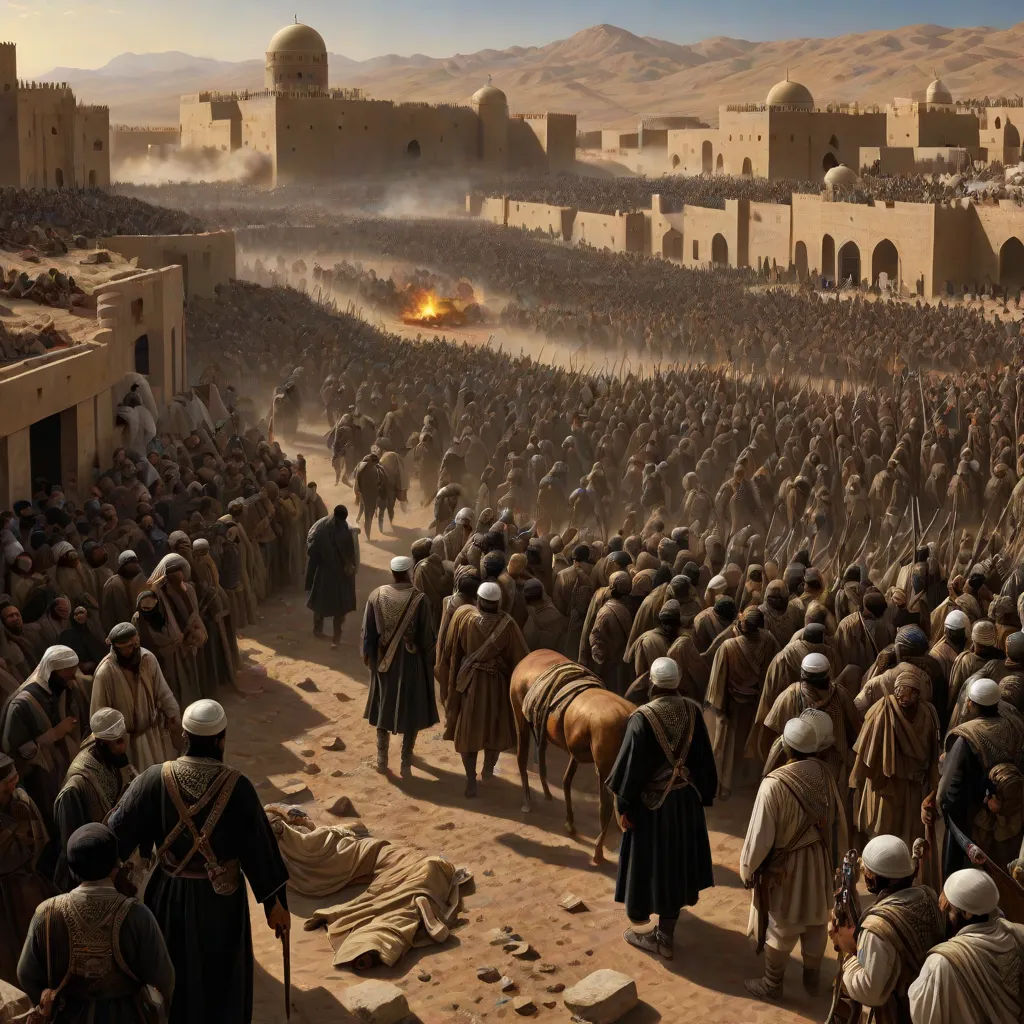
Despite his victory at Medina, Muslim did not live to see the end of the rebellion. On his journey to Mecca, he fell ill and died, leaving Husayn ibn Numayr to continue his mission.
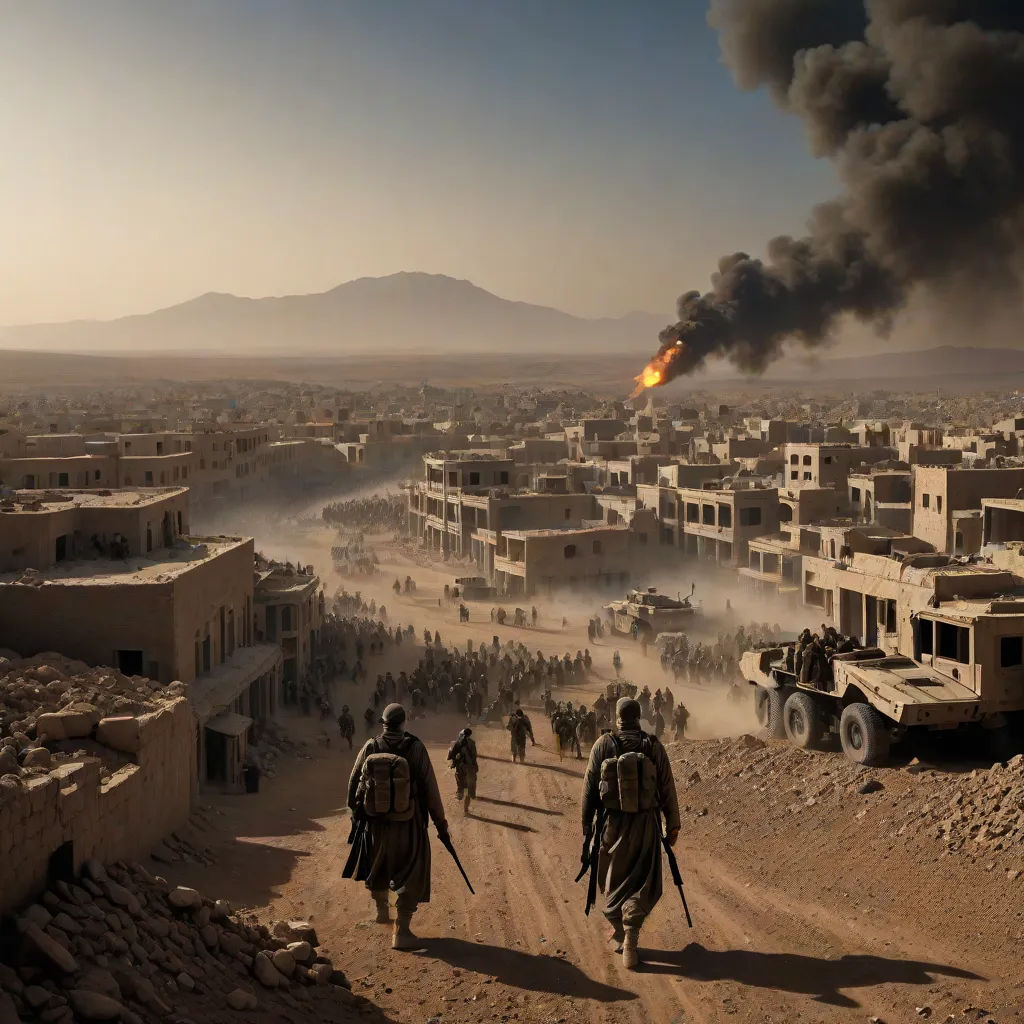
Husayn took command and continued the march towards Mecca. Upon arrival, they found the city ready for battle. Abdullah had rallied the people of Mecca and his supporters from the Hijaz, prepared to defend their holy city.
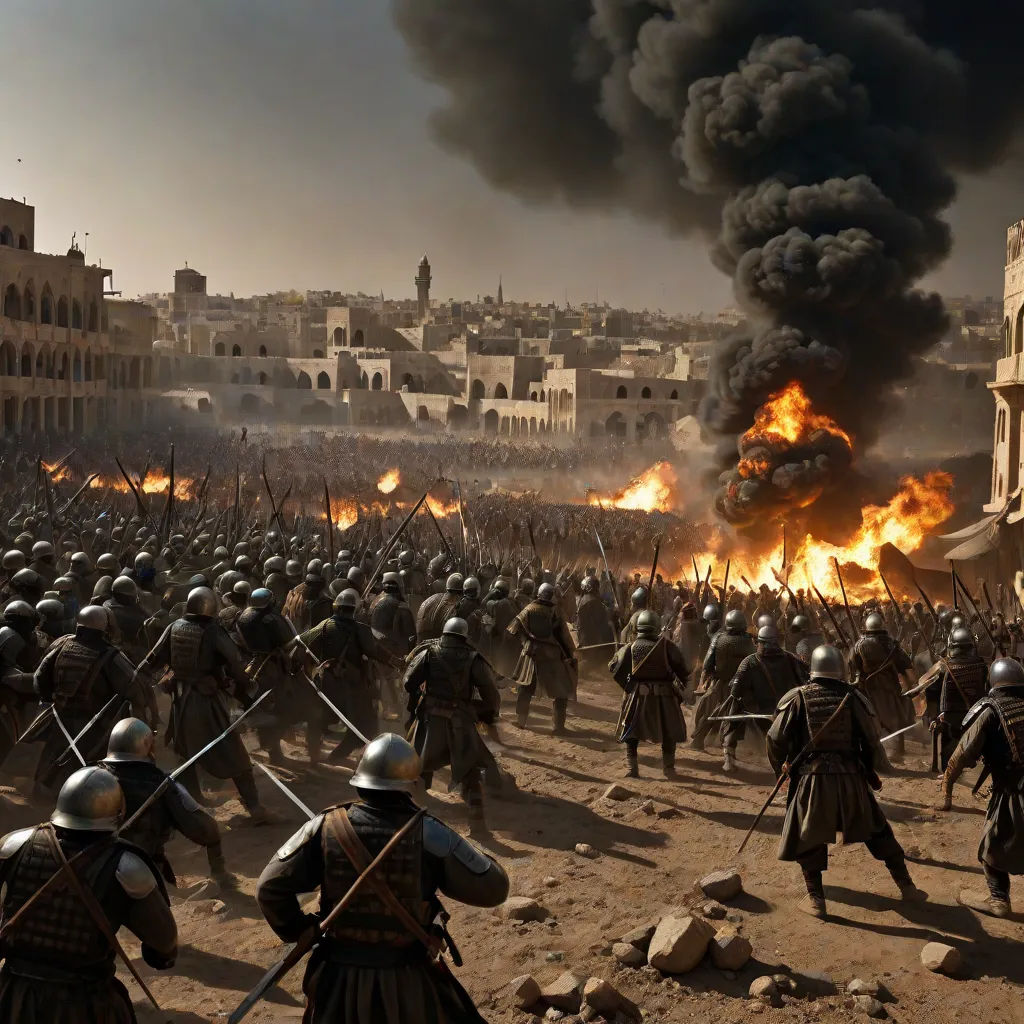
The siege was long and complicated. Abdullah’s brother, Munzir ibn al-Zubayr, was killed in a duel with a Syrian knight, further igniting the passion of the fighters. The Syrian army launched a violent assault, causing Abdullah's followers to retreat momentarily.
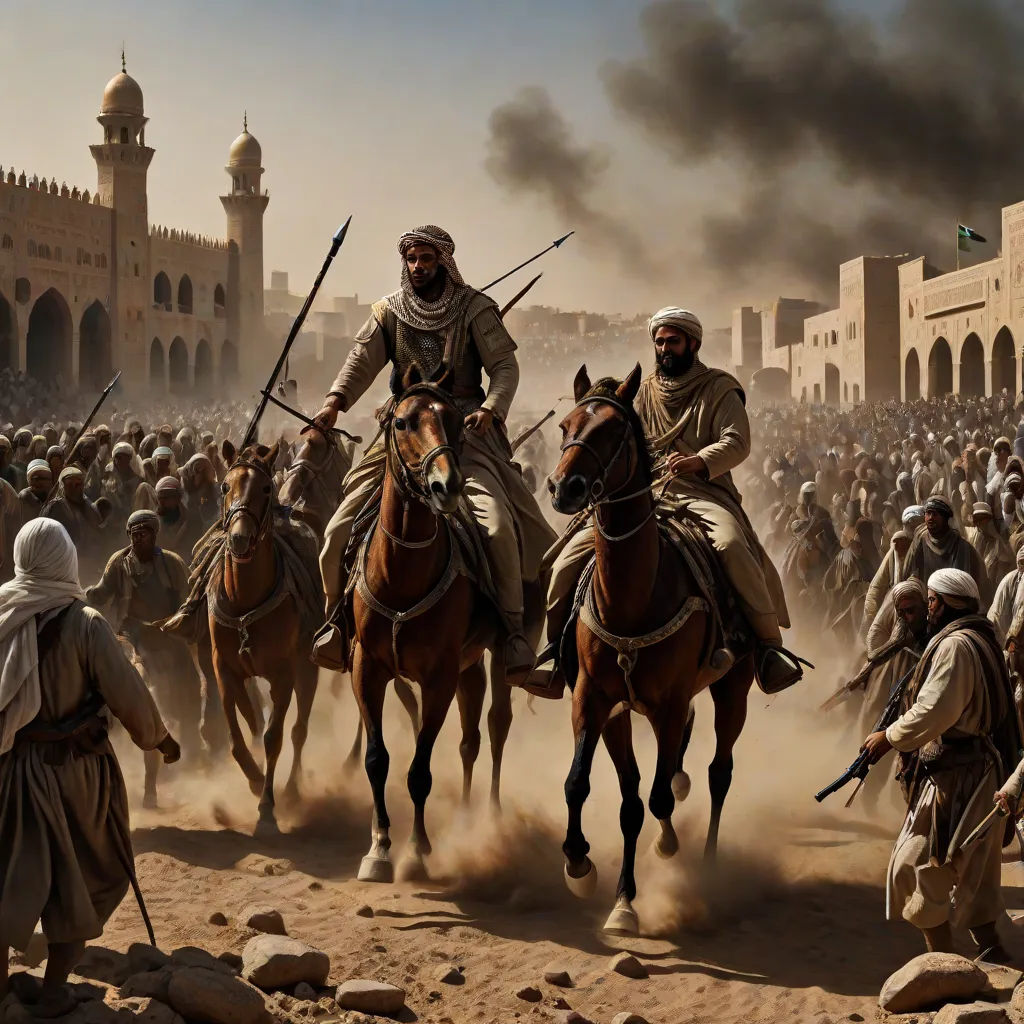
During the heat of battle, Abdullah fell from his mule but quickly regained his composure. He rallied his men to fight, displaying courage and leadership. Despite the odds, they managed to repel the Syrian army’s attack.
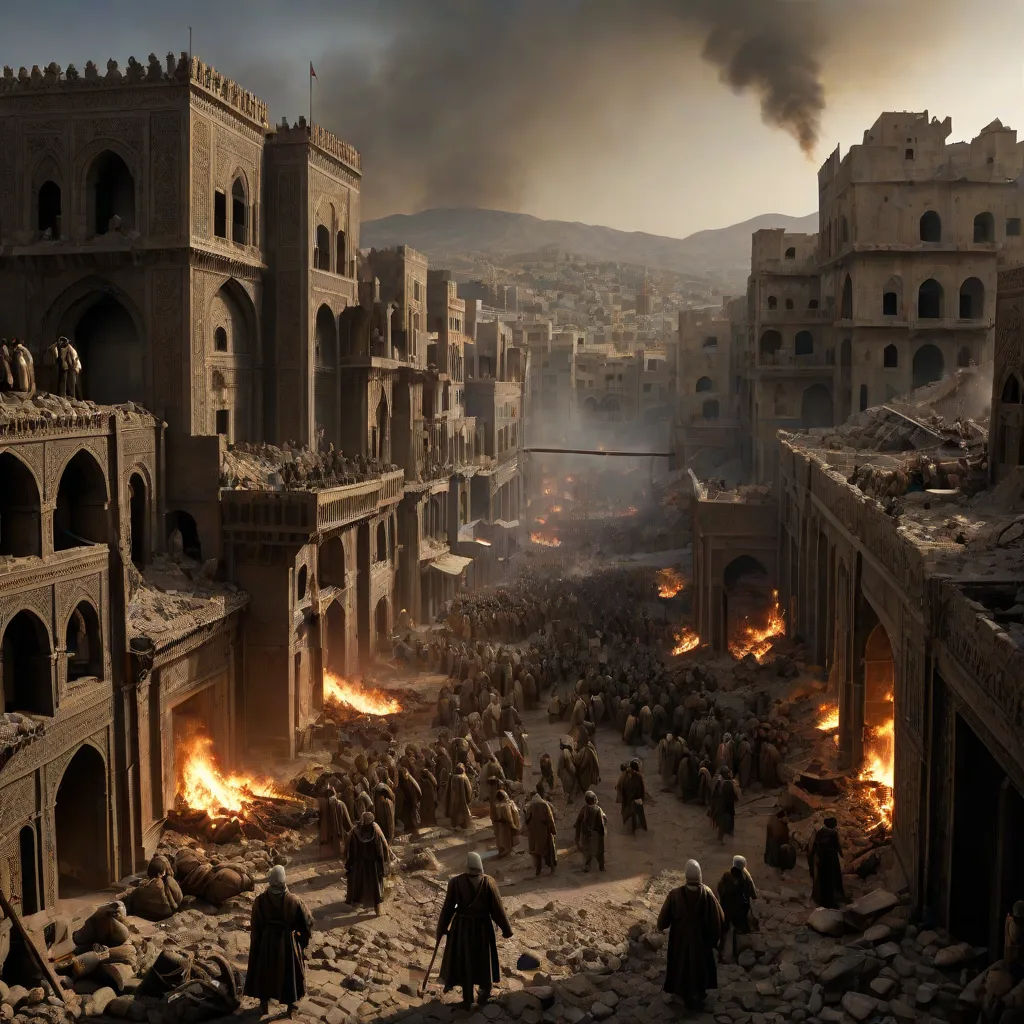
In a twist of fate, news arrived of Yazid's death. This unexpected turn of events caused upheaval among the Umayyads, forcing the Syrian army to lift the siege and return to Damascus to deal with the succession.

With the Syrian army's withdrawal, Abdullah seized the opportunity to strengthen his position. He reorganized his ranks and extended his control over Mecca and the Hijaz, and even to other parts of the Islamic world.
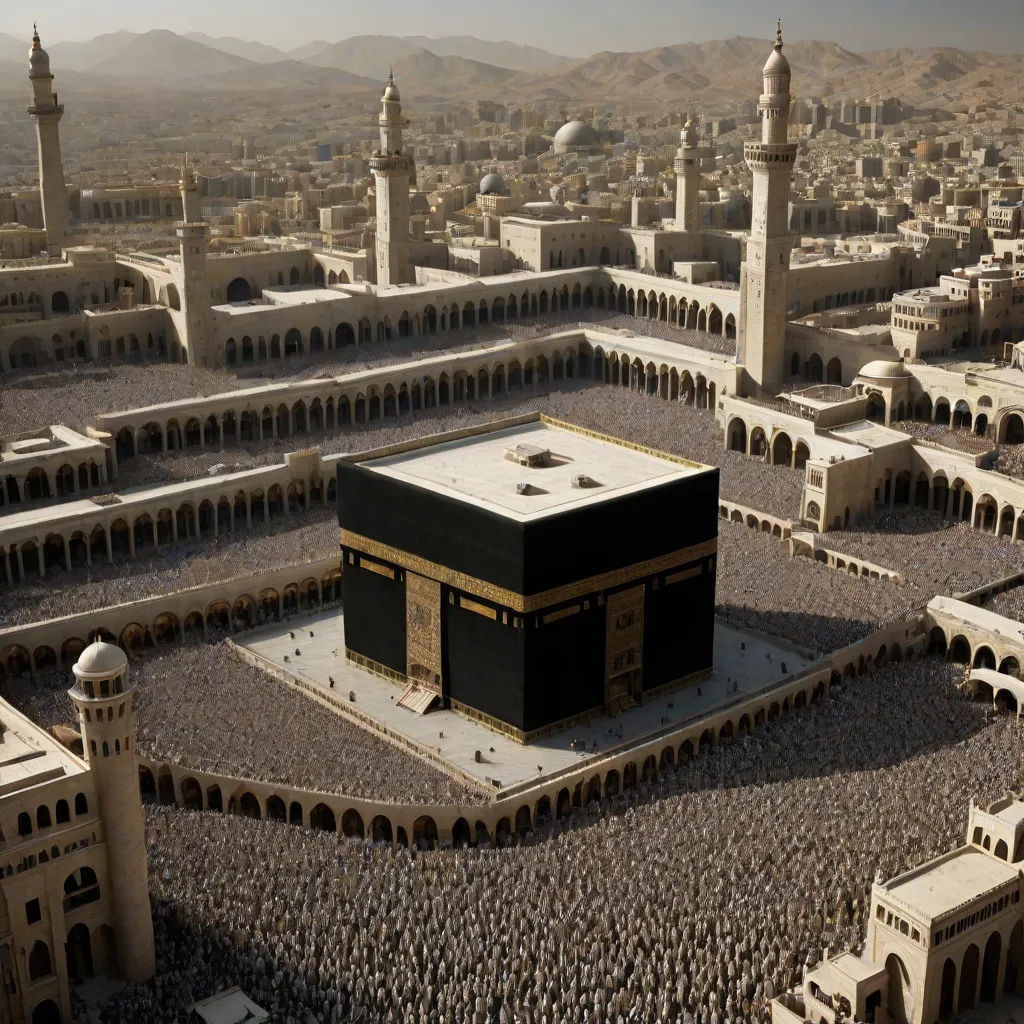
With peace temporarily restored, Abdullah used this time to solidify his rule and extend his influence. He also undertook the rebuilding of the Kaaba, which had been damaged during the siege, increasing his popularity and legitimacy.
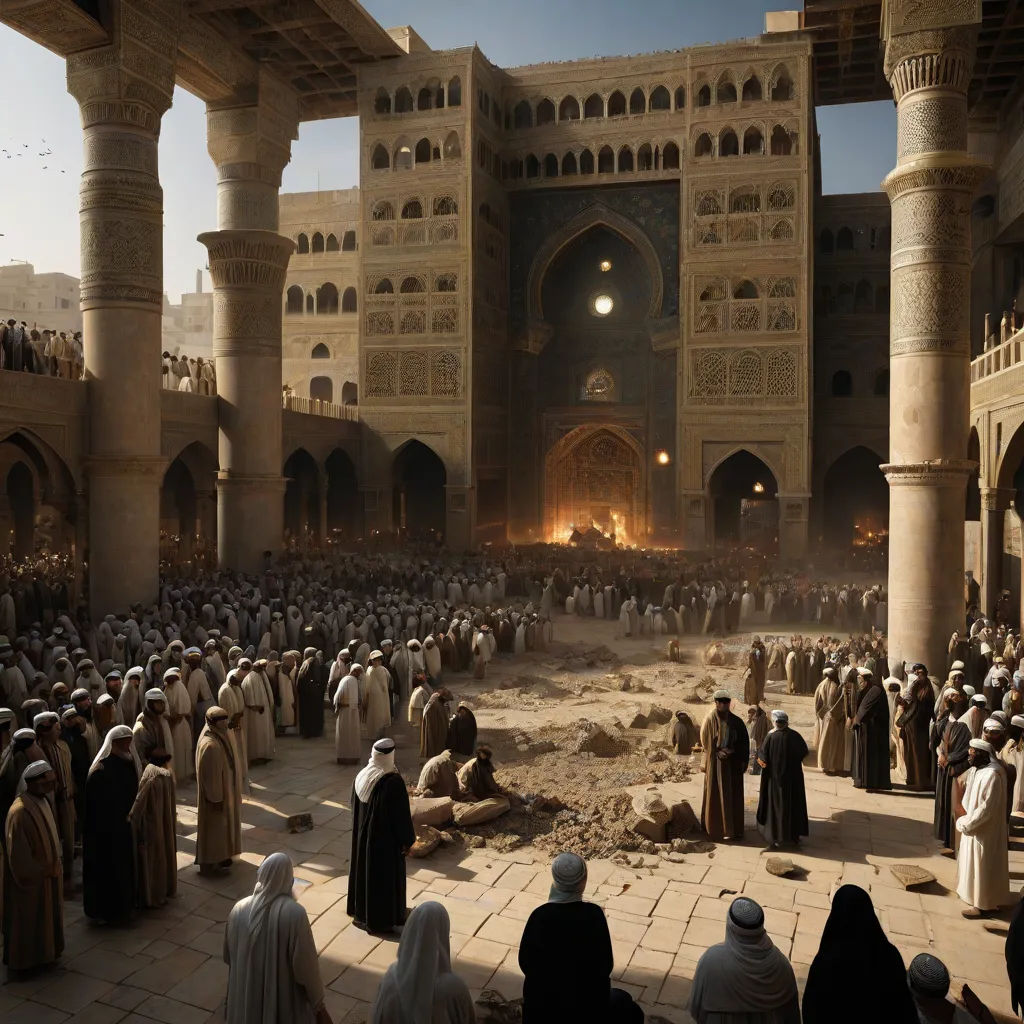
However, the struggle for power was far from over. In Damascus, a new phase of political conflict began among the Umayyad family members. This gave Abdullah a chance to further bolster his position and expand his influence.
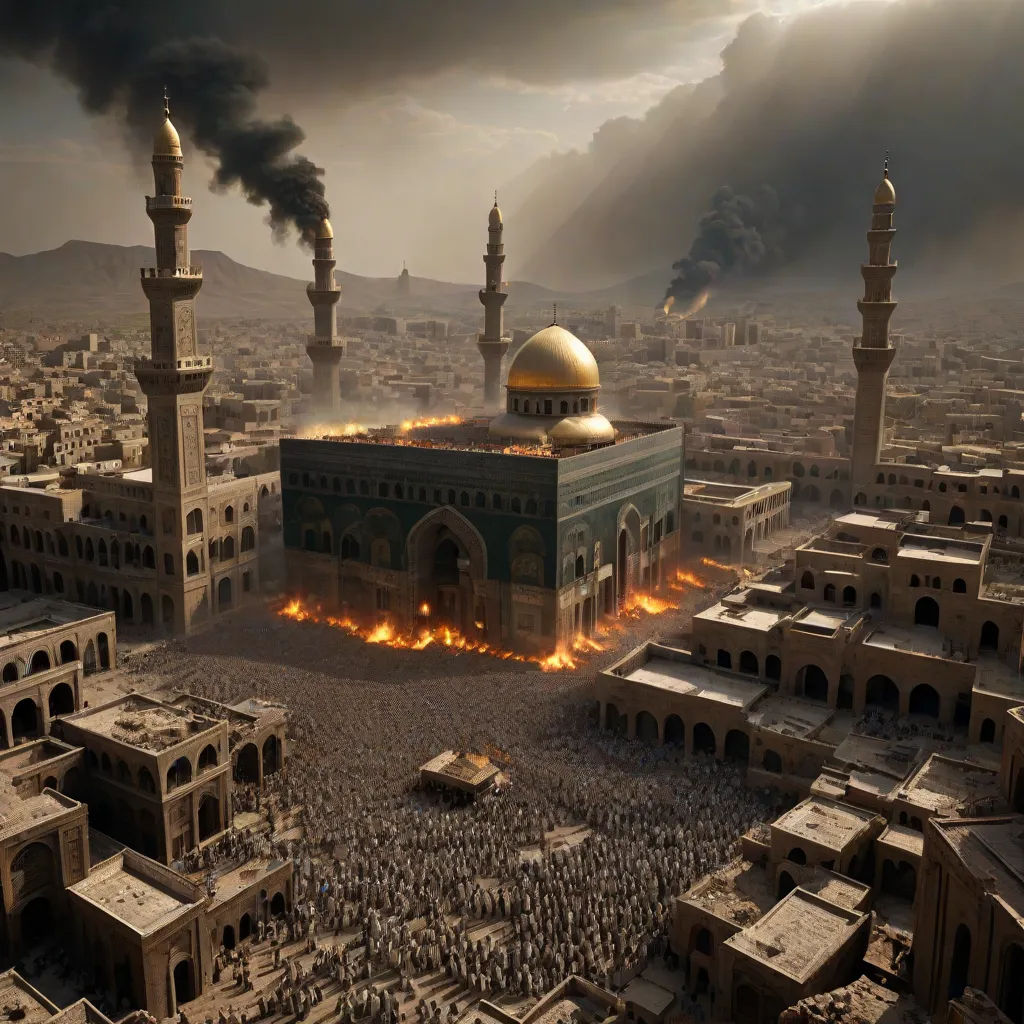
The siege's impact on Mecca was profound and lasting. This event left a scar in the collective memory of Muslims, witnessing for the first time an attack on their holiest place.
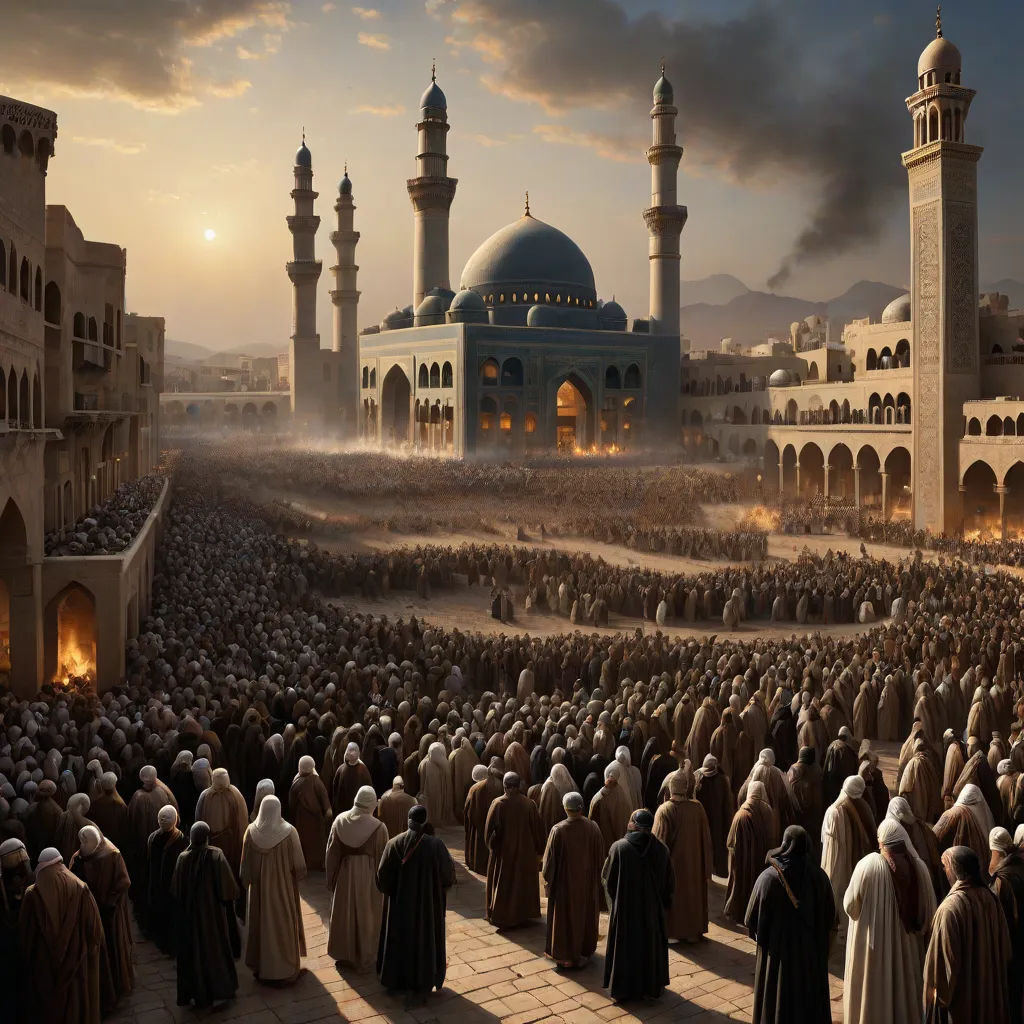
The story of Mecca’s siege and its people's resilience under Abdullah’s leadership became a crucial part of Islamic history, exemplifying courage and faith in the face of adversity, shaping the course of the caliphate and Islamic governance for centuries.